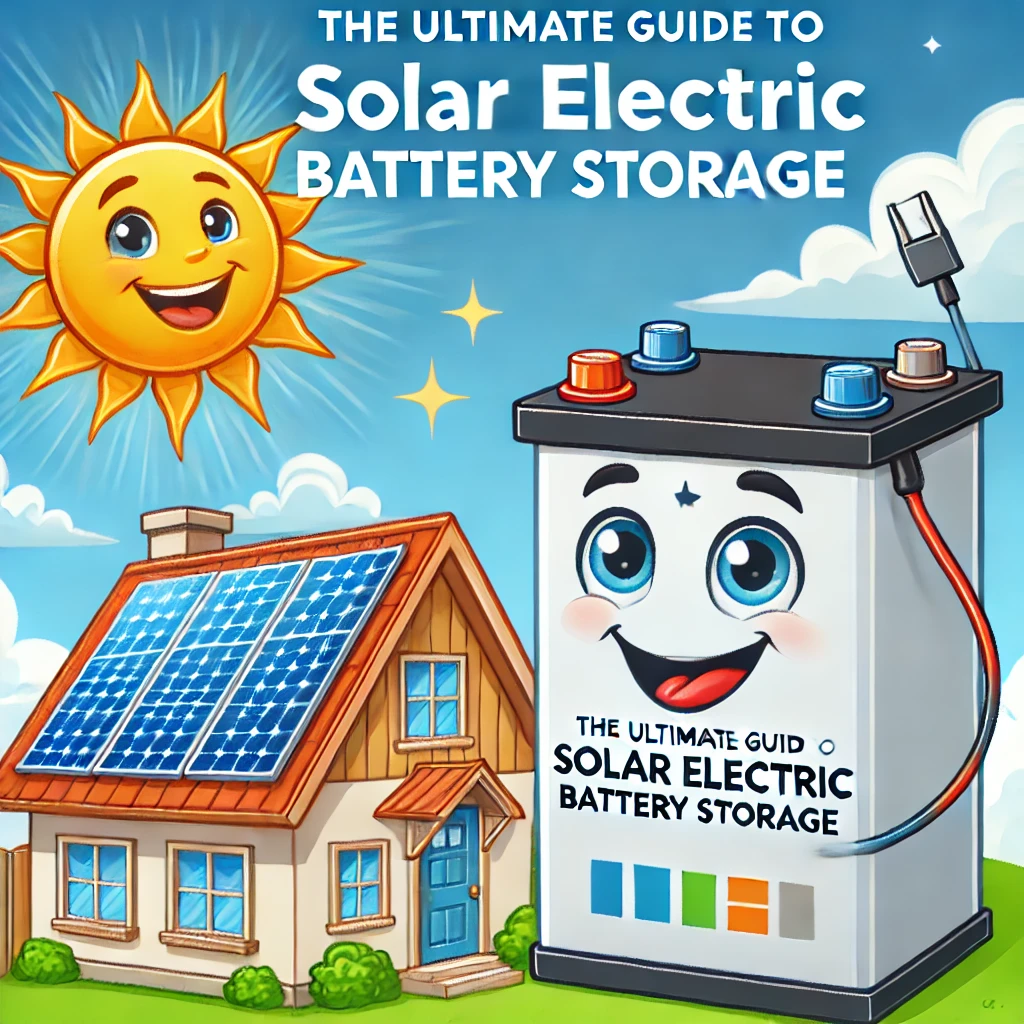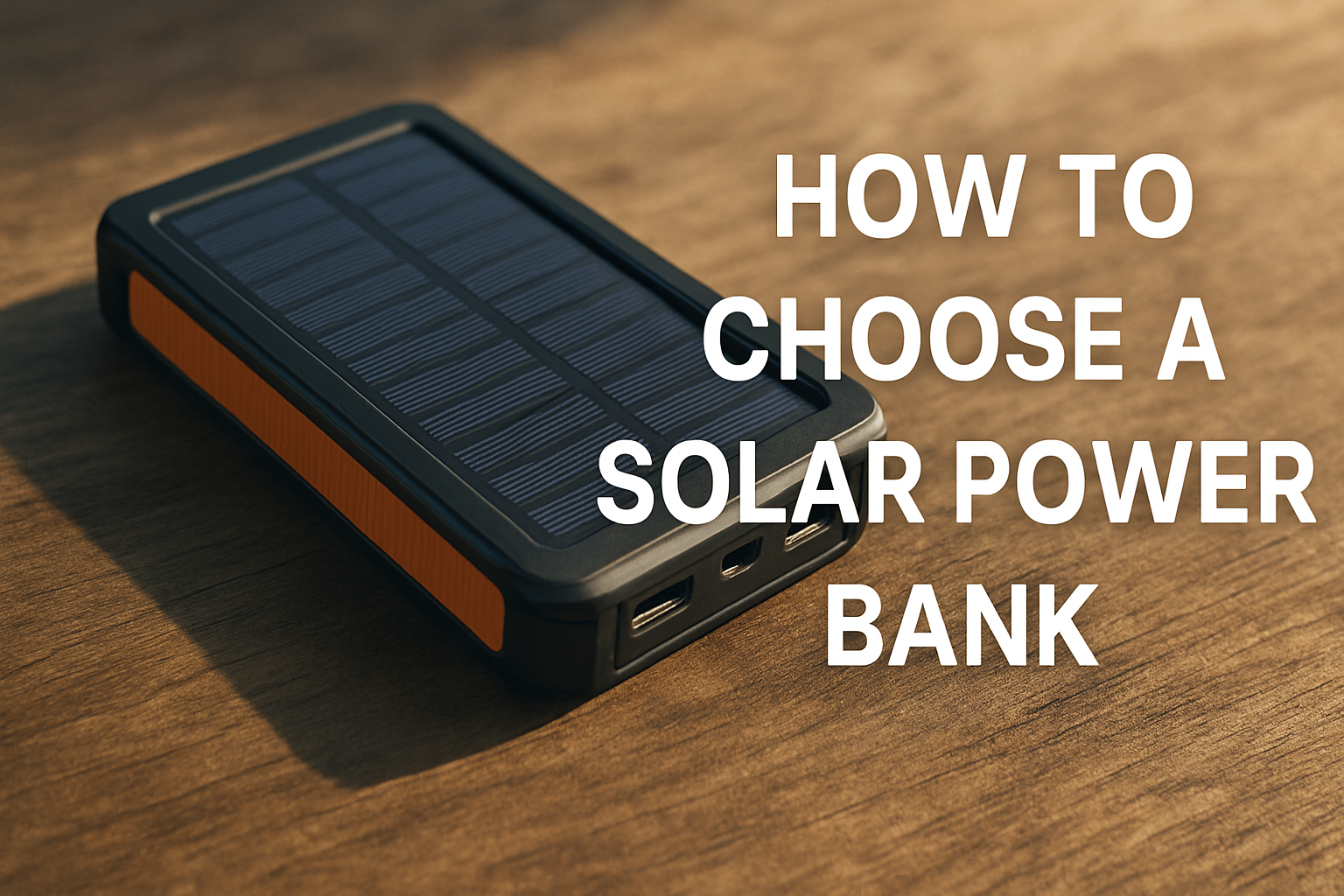With the growing shift towards renewable energy, solar power has emerged as a leading solution for sustainable living. However, to fully harness the potential of solar energy, efficient storage is essential. This is where solar electric battery storage systems come into play. These systems allow you to store excess solar power for use when the sun isn’t shining, maximizing your energy independence and savings. In this comprehensive guide, we’ll dive into the intricacies of solar battery storage, including how it works, its advantages, the different types available, and key factors to consider when selecting the perfect system for your home or business.
What is Solar Electric Battery Storage?
Solar electric battery storage refers to the technology that captures and stores excess electricity generated by solar panels during peak sunlight hours. Instead of sending surplus energy back to the grid, these batteries hold onto it, allowing homeowners and businesses to utilize solar power during nighttime, overcast days, or power outages. This technology is a game-changer for anyone looking to reduce their reliance on traditional utility providers and optimize their solar energy use.
How Does Solar Battery Storage Work?
The process of solar battery storage can be broken down into four simple steps:
- Energy Generation: Solar panels absorb sunlight and convert it into direct current (DC) electricity. This electricity is then transformed into alternating current (AC) through an inverter to power your home or business.
- Energy Usage: Your property consumes solar-generated electricity for immediate use. When more energy is produced than consumed, the surplus is directed to the battery.
- Energy Storage: The battery stores the excess energy in a chemical form for future use. Depending on the battery type, this process can be highly efficient, retaining a large portion of the generated energy.
- Energy Release: When your solar panels are not actively producing energy—such as at night or during cloudy weather—the stored electricity is drawn from the battery to keep your lights on and appliances running.
Benefits of Solar Electric Battery Storage
- Enhanced Energy Independence: By storing your solar energy, you reduce your dependence on the grid, protecting yourself from fluctuating energy prices and potential supply disruptions.
- Reliable Backup Power: Solar batteries provide a dependable power source during grid outages, ensuring that critical appliances like refrigerators, medical equipment, and lighting continue to operate.
- Maximized Solar Efficiency: Instead of sending surplus energy back to the grid, you can utilize nearly all the energy your panels generate, improving the return on your solar investment.
- Environmental Benefits: Using stored solar power reduces your carbon footprint, as it decreases the need for electricity generated from fossil fuels.
- Cost Savings and Incentives: Solar batteries allow you to take advantage of time-of-use (TOU) rates by using stored energy during peak pricing hours, leading to substantial savings on your electricity bills.
Types of Solar Electric Battery Storage Systems
Understanding the different types of solar batteries can help you choose the right system for your needs:
- Lithium-Ion Batteries:
- Advantages: High energy density, long lifespan (up to 15 years), low maintenance, and compact design.
- Disadvantages: Higher initial cost compared to other battery types.
- Best For: Homeowners seeking efficiency and longevity in a smaller footprint.
- Lead-Acid Batteries:
- Advantages: Lower upfront costs and a proven track record in renewable energy applications.
- Disadvantages: Shorter lifespan (5-7 years), lower efficiency, and bulkier size.
- Best For: Budget-conscious users or temporary installations.
- Flow Batteries:
- Advantages: Extremely long lifespan, scalable storage capacity, and safe operation.
- Disadvantages: Higher costs and larger physical space requirements.
- Best For: Large-scale or commercial applications where longevity and scalability are priorities.
- Nickel-Based Batteries:
- Advantages: Robust performance in extreme temperatures and durable design.
- Disadvantages: Expensive and less common for residential use.
- Best For: Industrial settings or harsh climates.
Key Considerations When Choosing a Solar Battery Storage System
Selecting the right solar battery involves evaluating several critical factors:
- Capacity & Power Output:
- Capacity (measured in kilowatt-hours, kWh) defines how much energy the battery can store.
- Power Output (measured in kilowatts, kW) indicates how much electricity the battery can deliver at a given time.
- Tip: Consider your household’s daily energy consumption to determine the appropriate balance of capacity and power.
- Depth of Discharge (DoD):
- This metric shows how much of the battery’s capacity can be used without degrading its lifespan. A higher DoD means more usable energy.
- Tip: Look for batteries with a DoD of at least 80% for maximum efficiency.
- Round-Trip Efficiency:
- This measures the percentage of electricity retained after charging and discharging. Higher efficiency means less energy loss.
- Tip: Aim for batteries with a round-trip efficiency of 85% or higher.
- Lifespan and Warranty:
- Battery life is measured in cycles—the number of complete charge and discharge cycles it can perform. Check warranties for insights into expected performance.
- Tip: Opt for batteries with at least a 10-year warranty or 5,000 cycles.
- Cost and Financial Incentives:
- Factor in installation costs, maintenance, and potential savings from government incentives or rebates.
- Tip: Compare total lifetime costs rather than just the initial purchase price.
- Compatibility with Existing Solar Systems:
- Ensure the battery is compatible with your current solar setup, including inverters and monitoring systems.
- Tip: Consult with your solar installer for seamless integration.
Installation and Maintenance of Solar Battery Systems
- Professional Installation: Hiring certified professionals ensures the battery is installed safely and operates efficiently. Poor installation can lead to safety risks and reduced performance.
- Regular Maintenance: While many modern batteries are low-maintenance, periodic inspections can help identify potential issues early and extend battery life.
- Monitoring Systems: Many batteries come equipped with smart monitoring tools, allowing you to track energy production, storage levels, and performance via mobile apps.
Financial Incentives and Rebates for Solar Battery Storage
- Federal Investment Tax Credit (ITC): This federal program offers a significant tax deduction for solar system and battery storage installations, covering a percentage of the total cost.
- State and Local Incentives: Incentives vary by state and municipality, offering rebates, tax credits, and other financial benefits. Check with your local government or utility provider.
- Utility Company Programs: Some utilities offer additional incentives or reduced rates for homes with battery storage, particularly if you participate in grid-sharing programs.
Conclusion
Solar electric battery storage is transforming how we use renewable energy, providing unparalleled benefits in energy independence, cost savings, and environmental sustainability. Whether you’re looking to reduce your reliance on the grid, protect against power outages, or maximize the efficiency of your solar system, a well-chosen solar battery can significantly enhance your solar investment.
Before making your decision, carefully evaluate battery types, capacity, efficiency, and available incentives. With the right solar battery storage system, you can enjoy reliable, clean energy year-round, contributing to a greener planet and a more resilient energy future.
Frequently Asked Questions (FAQs)
- How long do solar batteries typically last?
- Solar batteries generally last between 5 to 15 years, depending on the type and how they are used. Lithium-ion batteries tend to have the longest lifespan.
- Is it possible to add a battery to an existing solar panel system?
- Yes, many solar systems can be retrofitted with battery storage. However, it’s important to check for compatibility with your existing inverter and other components.
- How many solar batteries do I need to power my home?
- The number of batteries required depends on your household’s energy consumption, the output of your solar panels, and your desired level of backup power.
- Are solar batteries a worthwhile investment?
- For most homeowners, the benefits of increased energy independence, cost savings on electricity bills, and reliable backup power make solar batteries a valuable investment.
- What happens when the solar battery is fully charged?
- Once the battery reaches full capacity, any additional solar energy can either be sent back to the grid (if you have net metering) or curtailed, depending on your system configuration.




